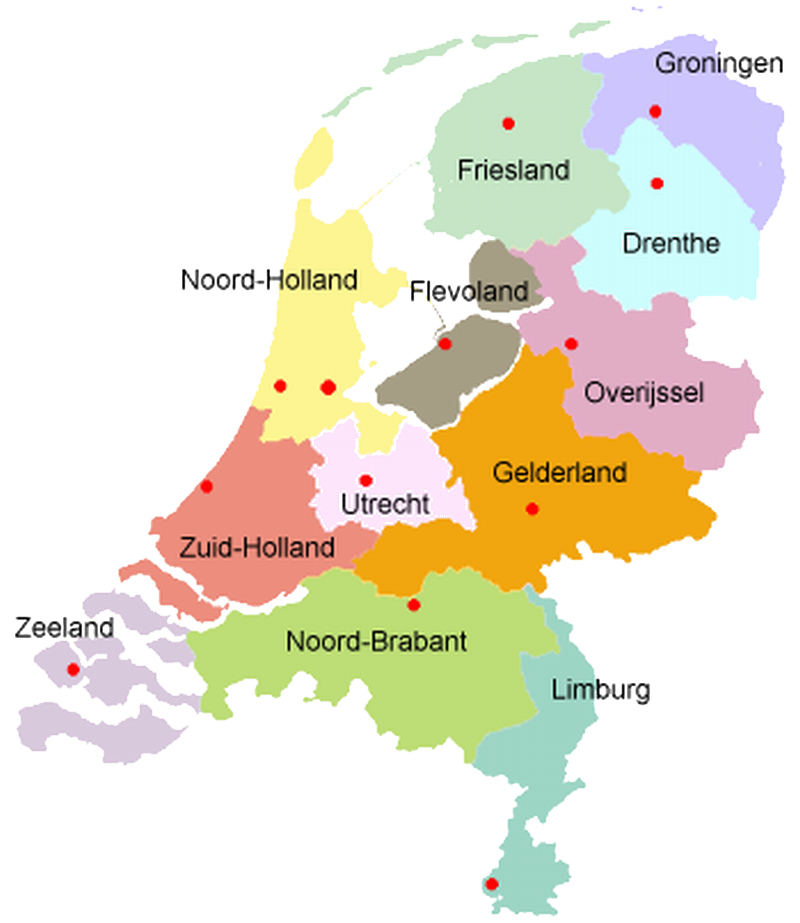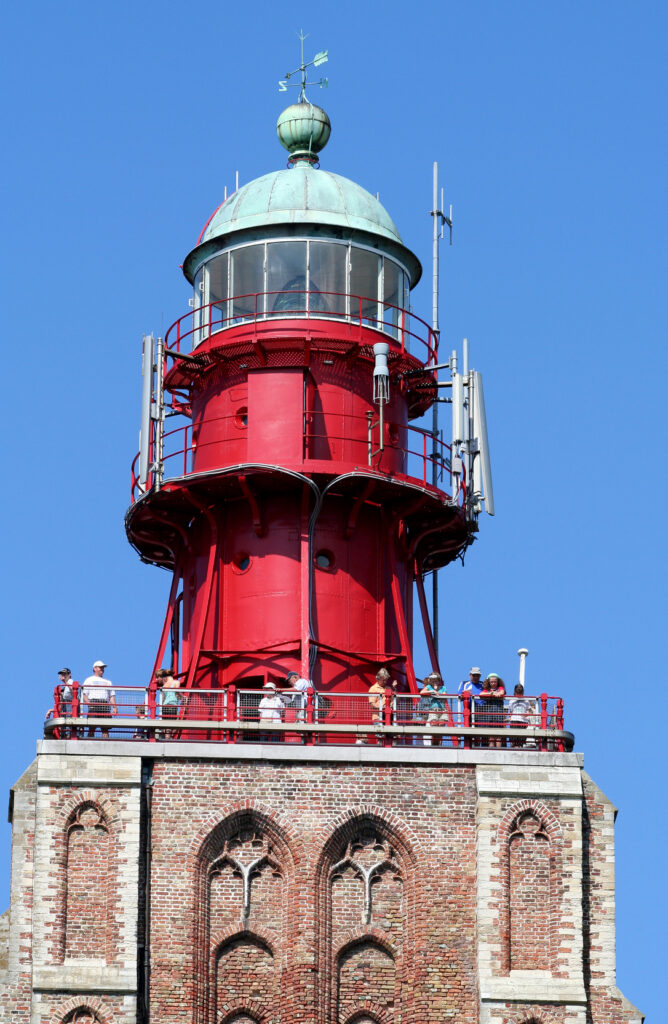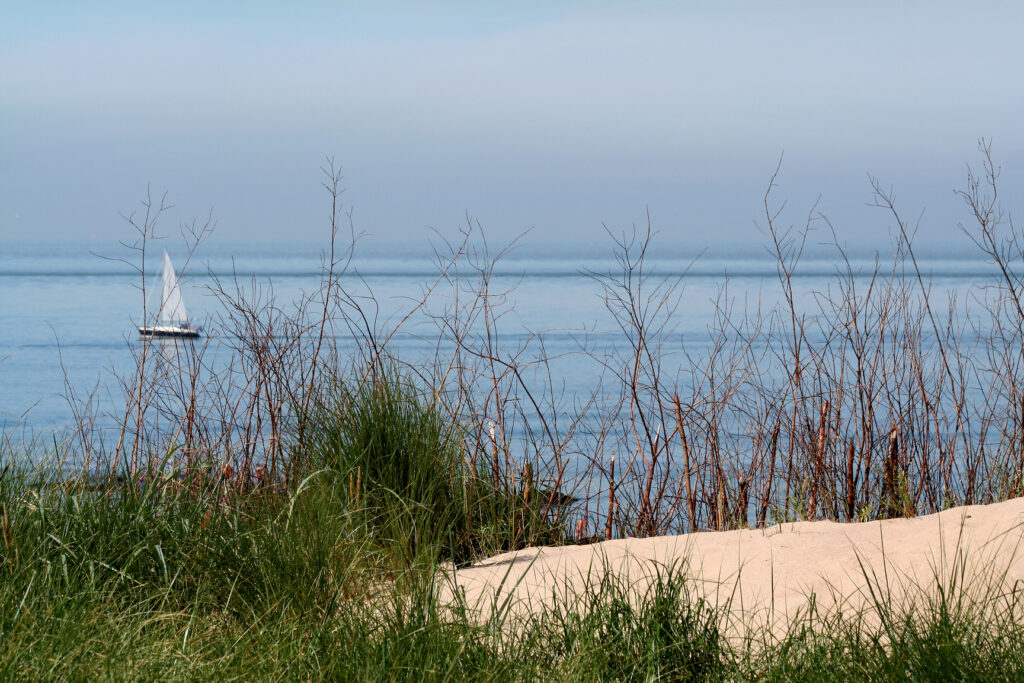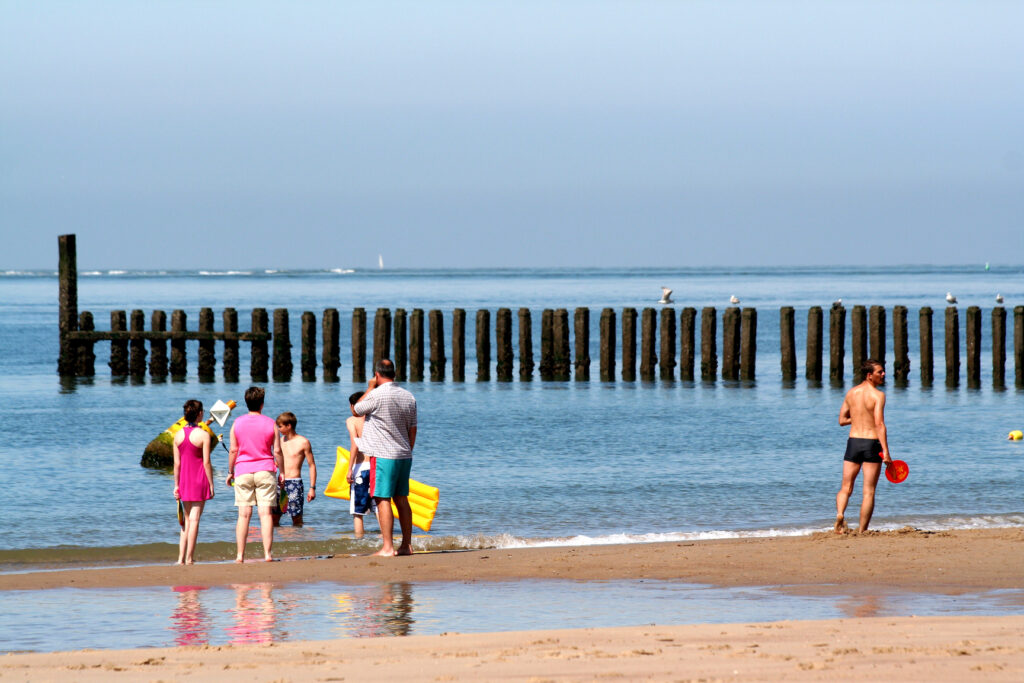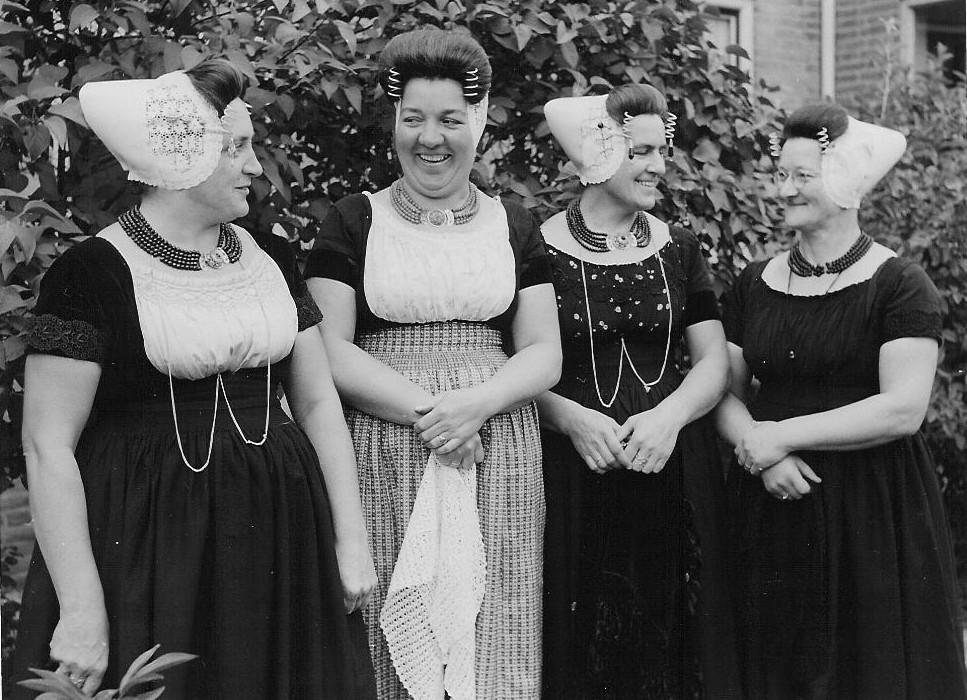
stunning natural surroundings
Along the picturesque coastline of the Netherlands, Westkapelle stands as a testament to the beauty and resilience of coastal communities. This charming village, with its rich history and stunning natural surroundings, has become a haven for both tourists seeking tranquility and locals proud of their heritage.
With its iconic lighthouse overlooking the North Sea, Westkapelle boasts panoramic views that have captivated visitors for generations. The lighthouse, a symbol of guidance and strength, holds stories of maritime history and the village’s perseverance against the forces of nature. The sandy beaches that stretch along the coastline provide a serene backdrop for relaxation and recreation, drawing in beachcombers, surfers, and families alike.
But Westkapelle’s appeal extends beyond its scenic landscapes. The village holds a deep connection to its past, evident in its maritime museum that recounts tales of seafaring adventures and the struggles of its resilient inhabitants. The museum serves as a tribute to the village’s fishing heritage and the unity that helped it rebuild after the devastations of World War II.
As the tides continue to shape the coastline, Westkapelle remains a reminder of the enduring spirit of coastal communities. Its blend of natural beauty and historical significance offers a unique experience that leaves an indelible mark on all who visit. Whether you seek solace by the sea or a glimpse into a rich maritime history, Westkapelle warmly opens its arms to those who venture to explore its treasures.
lighthouse, the High Light
Westkapelle is known for its lighthouse, the “High Light”, which can be seen immediately upon entering the former city.
This tower is the remains of the 15th-century Gothic St. Willibrord’s Church, which was lost to fire on the night of March 14-15, 1831. In 1818 a beacon was placed on it, so that it could serve as a lighthouse. Special for a light tower is that it is not on the sea side, but on the land side of the place. This was done deliberately so that in the time when the dikes were even less strong, there would be less chance of damage in case of flooding.

the lovely sea
Westkapelle is known for its spacious, beautiful, well-kept beaches. Directly on the village is the first bathing beach ‘het Gat’. On the south side of Westkapelle, the no less than 12 km long beach starts under the dunes, which continues all the way to Vlissingen. These beaches are called the Zeeland Riviera. Due to their southern location, it is generally a few degrees warmer here than on other beaches in the country.
Westkapelle may have been founded in the time of the Vikings. In Westkapelle mainly the herring was traded. Around 1400, several storm surges made the landing site too dangerous to call at for ships, which led to the prosperity of Westkapelle moving to better sheltered cities. During this time, the construction of the Westkapelse Zeedijk started.
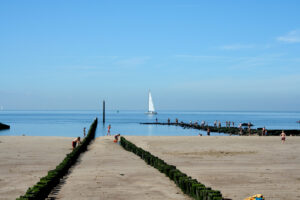
the stormy sea
Especially during sea rise due to global warming, the water will be a constant threat to the coast.
For half a millennium, a dike at Westkapelle has protected the west coast of Walcheren from the sea. South of Westkapelle is a dune area and where the seawall and the dunes (with the beach) connect, lies the Zuiderhoofd. To protect this connection, there had been extra-long pile heads in the sea for centuries, later also a pile head with a plankier on it. The location and direction of the pile heads, which were initially called (Old-)Cassiershead, was changed several times over time.
World War II

On October 3, 1944, the seawall on the south side of the village was destroyed by British bombers with the intention of flooding Walcheren in order to liberate the island more easily from the German occupiers.
In this bombing, 158 inhabitants of the town were killed. To the seaside, all the houses had been wiped out. Behind the dike, half drowned, lay the ruined village of Westkapelle, ‘which looked as if it had been hit by an atomic bomb’. This is what the resurrected Netherlands learns, almost a year later, about the sacrifice for the ‘liberation of Europe’ that was made in Westkapelle. The dike workers then drag themselves out of the loins to close the gaping hole in the Westkappelse seawall. On 1 November 1944, during the Battle of the Scheldt, British and Norwegian commandos conducted an amphibious landing on the northern and southern edges of the hole in the dike. During these landings, only six people remained in the village; The rest of the survivors had been evacuated to other villages nearby. It took until October 12, 1945, more than a year later, to permanently close the hole in the dike.

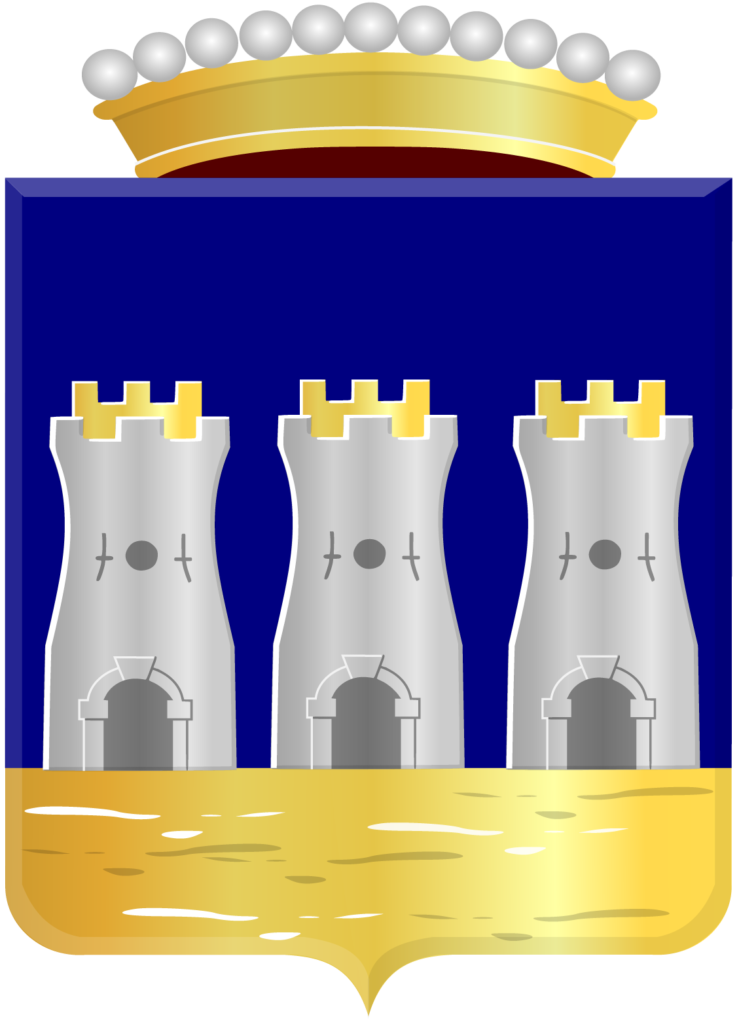
Two explanations have arisen for the origin of the weapon:
1.The three towers symbolize a Roman tombstone (or vow stone) found on the beach in 1514.
2.The city has been moved three times: the first Westkapelle has drowned, the second has been destroyed, after which the current Westkapelle has been created.
Mill The Norman
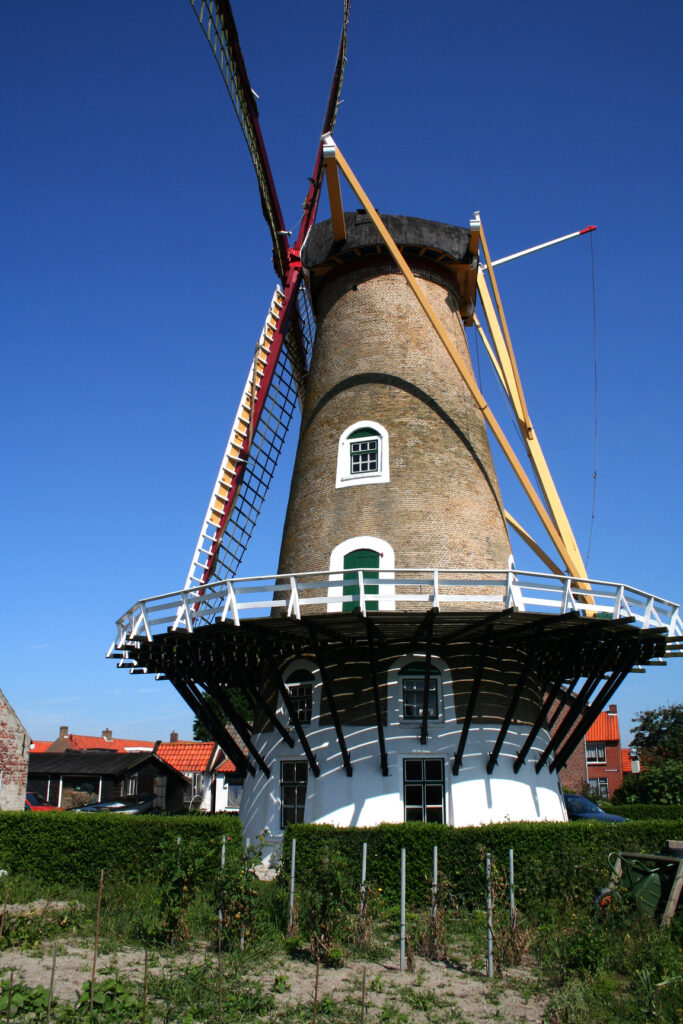
The Norman is the only remaining mill in Westkapelle. Until the bombing of Westkapelle, until the inundation of Walcheren, there were two more mills here, De Roos and the Prins.
This round scaffolding mill is an upper crawler of yellow ijsselsteen. The mill from 1852 towers over the village with its more than 23 meters high. Apart from the lighthouse, this is the tallest building in Westkapelle. The Zeeuws Molenmuseum is located in this mill.
Costume
In Westkapelle, a special costume was always worn, but as in other places where traditional costumes were still worn, the wearing of these folk clothing is dying out.
On special occasions such as ring riding and sjeezen riding and the Westkapelse old-fashioned customs, the traditional costume is still worn. In 2017, there were only a few very elderly women who dressed daily in traditional dress.






